The Two Brewers
The Two Brewers public house is a Grade II listed building which according to the 1907 ‘Olney, Bucks’ almanac by Oliver Ratcliff has a Devil legend associated with it. ‘There is an inn, called the Two Brewers, which he used to visit frequently, causing the host to play the fool and dance at his bidding.

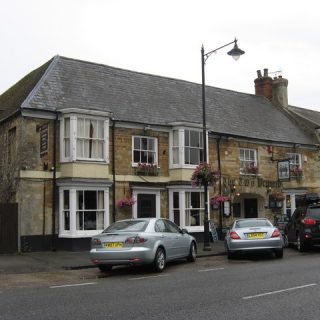
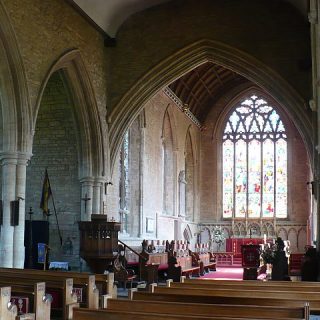
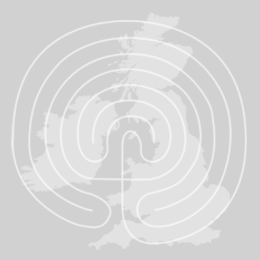
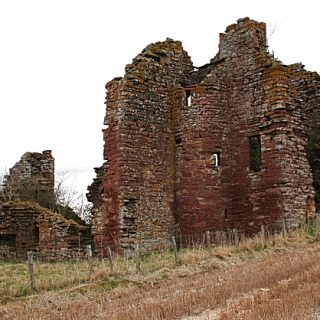
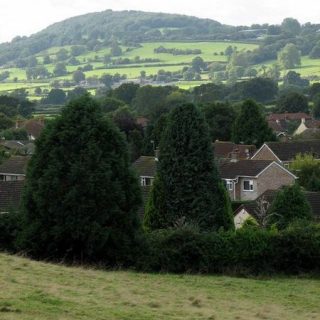
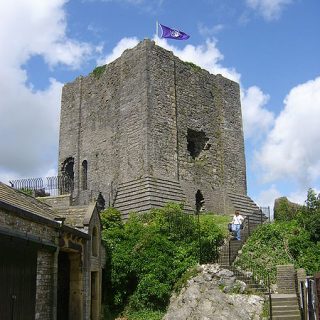

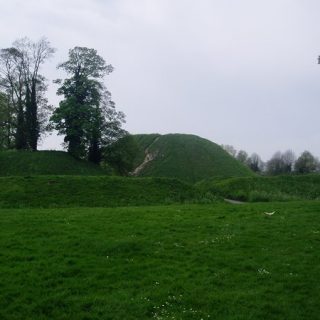
Recent Comments